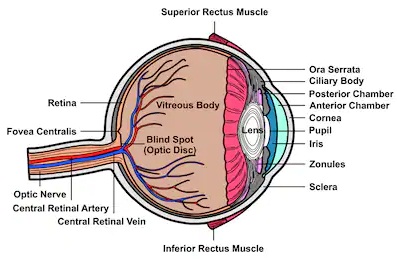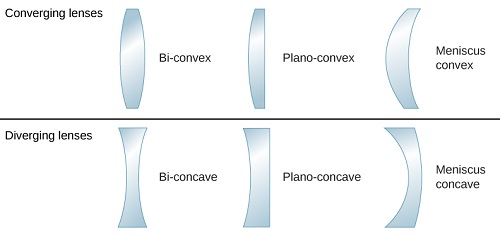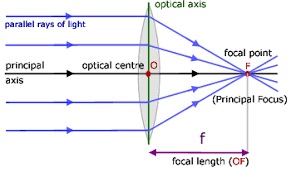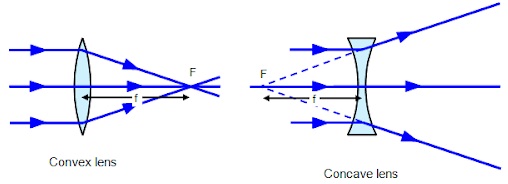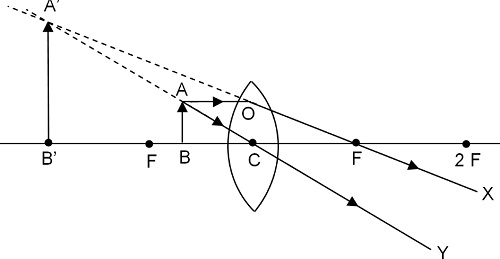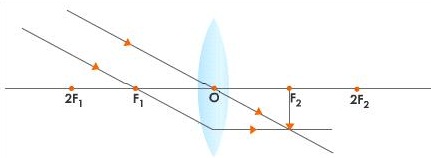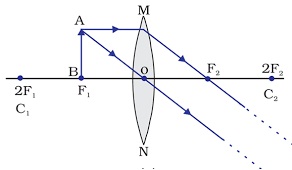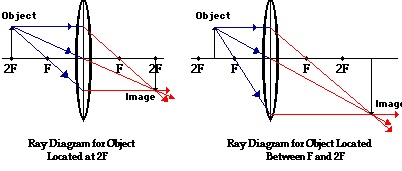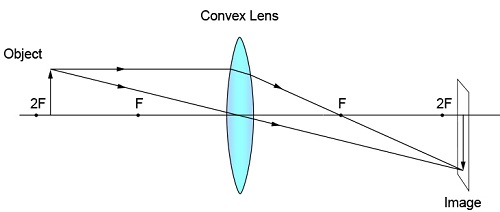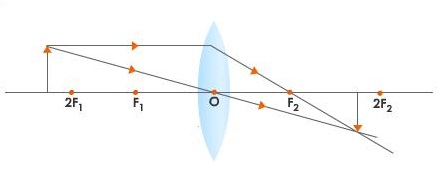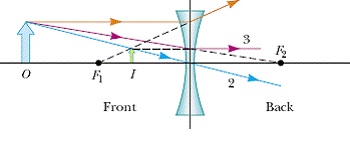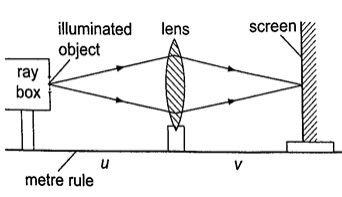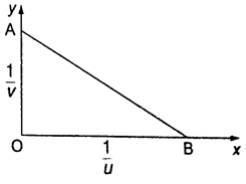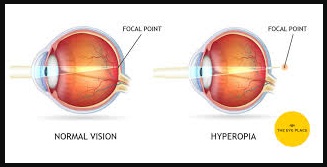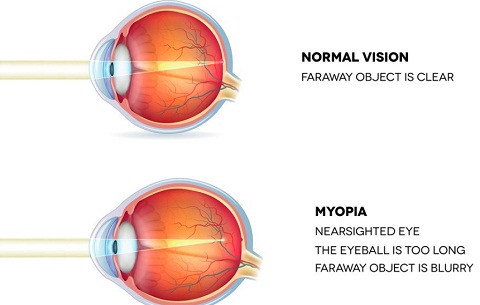1. Simple microscope
it is also referred to as magnifying glass where the image
appears clearest at about 25 cm from the eye. This distance is known as the least
distance of distinct vision (D) or near vision.
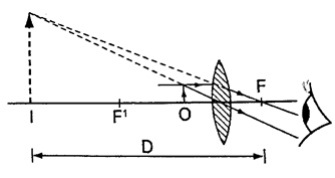 Magnification in a simple microscope
Magnification in a simple microscope
Magnification produced depends on the focal length of the lens. Lens of short focal give greater
magnification than those of long focal length. The angle ϐ subtended by the image at the eye is
much greater than α which is the angle that the object would subtend at the eye when viewed
without the lens. The ratio of the ϐ toα is known as angular magnification or magnifying power
of an instrument. The angular magnification is equal to linear magnification.
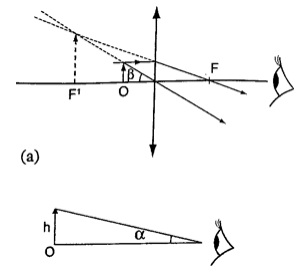 Uses of a simple microscope
Uses of a simple microscope
- To study the features of small animals in biology
- To look closely at small print on a map
- To observe crystals in physics and chemistry
- For forensic investigation by the police
2. Compound microscope
It consists of two lenses with one nearer the object called
the objective lens and the other nearer the eye called the eyepiece lens.
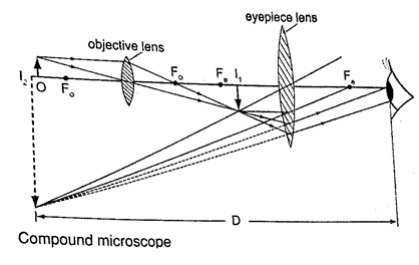 Uses of compound microscope
Uses of compound microscope
- Used to observe Brownian motion in science
- To study micro-organisms and cells in biology
- Analyze laboratory tests in hospital.
4. The astronomical telescope
It is used to view distant stars. It consists of two lenses;
objective and eye-piece lenses. The objective lens has a large focal length while the eyepiece lens has a much shorter focal length.

5. The camera
consists of a converging lens system, clicking button, shutter, diaphragm
and a mounting base for the film all enclosed in a light proof box. The distance is
adjusted to obtain a clear focus. The diaphragm has a hole called the aperture with an
adjusting control knob to control the amount of light entering the camera. The shutter
opens to allow light and close at a given time interval.
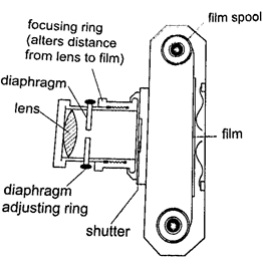 Uses of a camera
Uses of a camera
- The sine camera is used to make motion pictures
- High speed cameras are used to record movement of particles
- Close circuit television cameras (CCTV) are used to protect high security installations like
banks, supermarkets etc.
- Digital cameras are used to capture data that can be fed to computers.
6. Human eye
It consists of a transparent cornea, aqueous humour and a crystal-like lens
which form a converging lens system. The ciliary muscles contract or relax to change the
curvature of the lens. Though the image formed at the retina is inverted the brain ‘sees’
the image as upright. For distant objects ciliary muscles relax while near objects it
contracts to control the focal length and this is known as accommodation. When at 25
cmaway an object appears clearest and this is known as least distance of vision or near
point.
